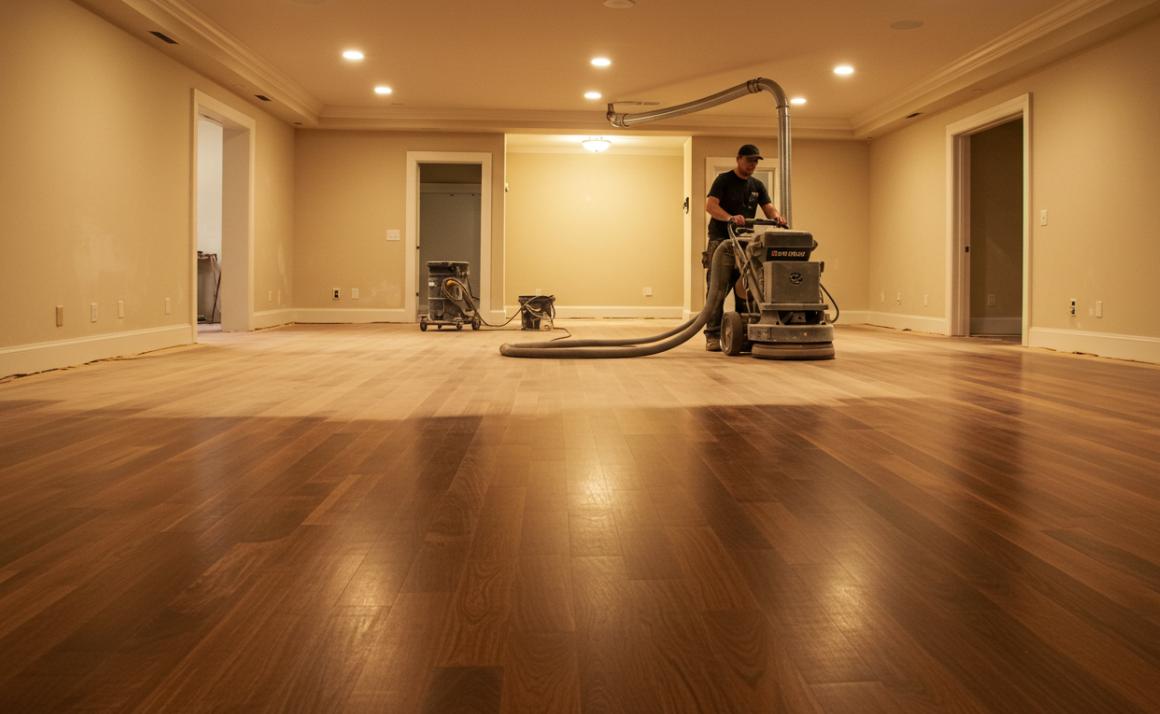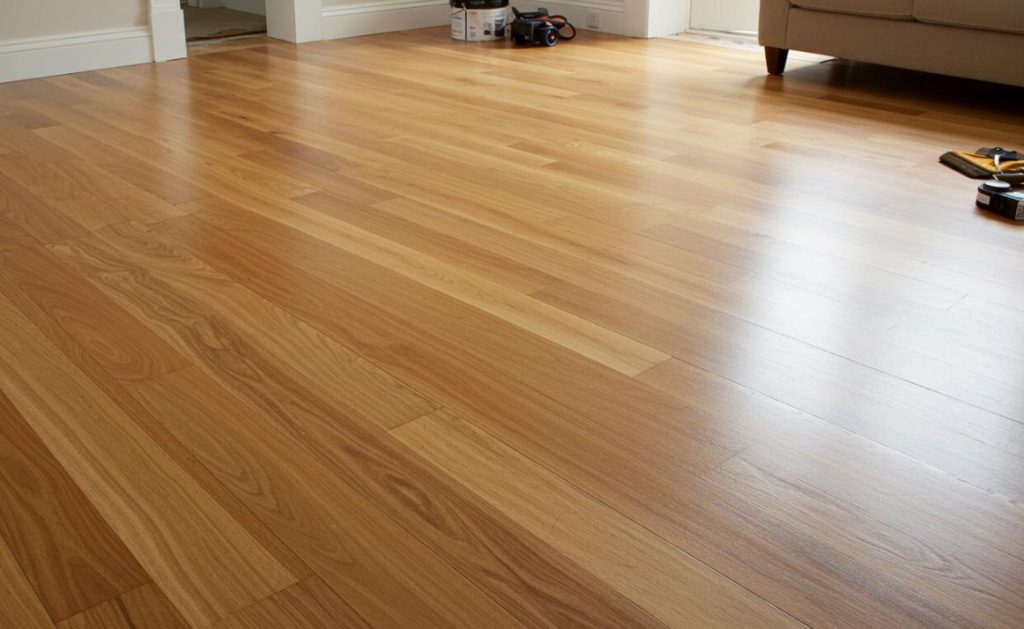Did you know that traditional floor sanding methods can release harmful dust and VOCs, significantly impacting indoor air quality? As homeowners increasingly seek sustainable solutions, eco-friendly hardwood floor sanding techniques are becoming essential. By adopting greener practices, you can not only refresh your wooden floors but also contribute to a healthier living environment.
Assessing the Need for Floor Restoration
Minor scratches or a worn finish might just require a light buffing and a fresh protective coat. On the other hand, deep scratches, noticeable wear, or beyond help might require intensive refinishing. Consider conducting a “water test” by dropping water onto the surface: if it absorbs quickly, that signals the need for a complete restoration.
The type of hardwood in your home significantly influences how you should approach sanding. Softer woods such as pine show wear more quickly and require different techniques compared to denser wood types like oak or maple. Furthermore, the existing finish plays an important role. Some finishes, such as polyurethane, tend to be more durable and may influence the sanding approach, while others may require a gentler touch.
Choosing the right tools is vital for an eco-friendly sanding project. Using a dustless sanding system is hugely beneficial as it minimizes airborne particles by capturing up to 99% of the dust produced during the sanding process. Additionally, utilizing biodegradable sandpaper from sustainably sourced materials will help reduce your project’s environmental footprint.
| Tool | Benefit |
|---|---|
| Dustless Sander | Minimizes airborne dust particles |
| Eco-Friendly Sandpaper | Reduces waste, biodegradable options available |
| HEPA Vacuum | Captures fine dust, improves air quality |
| Low-VOC Finishes | Minimizes harmful emissions |
Preparation Steps for Sanding Your Floors
Preparation is a crucial phase that sets the stage for successful sanding. Start by clearing the room of all furniture and belongings, providing yourself with a clean workspace. It’s equally important to protect adjoining areas from dust by covering them with plastic sheeting.
Repair Work Before Sanding
Check for any structural issues such as cracks, gaps, or loose boards. Addressing these problems with appropriate wood fillers will help ensure a smooth surface post-sanding. Allow the fillers to dry completely before proceeding, as inconsistent surfaces will dramatically impact the final finish.
Sanding Techniques and Dust Control Measures
Once the floor is ready, it’s time to sand. Begin with a coarse grit sandpaper using a drum sander or belt sander to efficiently remove the old finish and level the wood. The key is to keep the machine in motion to avoid gouging the floor. Transition through various grits seamlessly to achieve the desired finish. Always follow the direction of the wood grain, ensuring a consistent outcome across the flooring.
To minimize dust, make sure to use a HEPA vacuum during the sanding process. This consideration is a step towards a responsible approach that reduces your environmental impact.
Finishing Touches with Eco-Friendly Products
With sanding complete, it’s time to move on to finishing. This step not only protects your floors but also enhances their natural beauty. Opt for low-VOC or water-based finishes, which help maintain healthier indoor air quality. However, be sure to consider various options, such as plant-based oils or waxes, that can contribute to a more sustainable choice.
Application of Finishes
Carefully apply your chosen finish with a quality brush or foam roller, working in long, even strokes in the direction of the wood grain. It is recommended to apply multiple thin coats rather than a single thick layer for optimal results. Always allow adequate drying time in between coats, as this will ensure a resilient finish.
Caring for Your Refinished Floors
After successfully refinishing your hardwood flooring, consider regular maintenance. Vacuum regularly using attachments that are gentle on the surface. For deep cleaning, use a damp microfiber mop with a specialized hardwood floor cleaner. This gentle care will keep your refinished floors looking brand new for years.
Troubleshooting Common Issues
Despite careful preparation and execution, issues can arise during the sanding process. For instances of uneven sanding, lightly sand the affected areas and reapply the finish. Should any blotchiness appear in your stain, revisit the proper application technique and ensure thorough dust removal before the staining process.
Seeking Professional Help
If this project seems overwhelming or you’re uncertain about your skills, consider hiring a professional service. Many companies, like B&J Hardwood Floors, are dedicated to eco-friendly practices, using modern tools and low-impact materials. These experts will not only ensure quality results but also deliver a sustainable approach that aligns with your values.
A local company that prioritizes sustainability can be an excellent option. They offer a range of services tailored to meet your specific needs, emphasizing eco-friendliness and high standards of workmanship.
https://www.youtube.com/watch?v=kg71-7NZfY8

